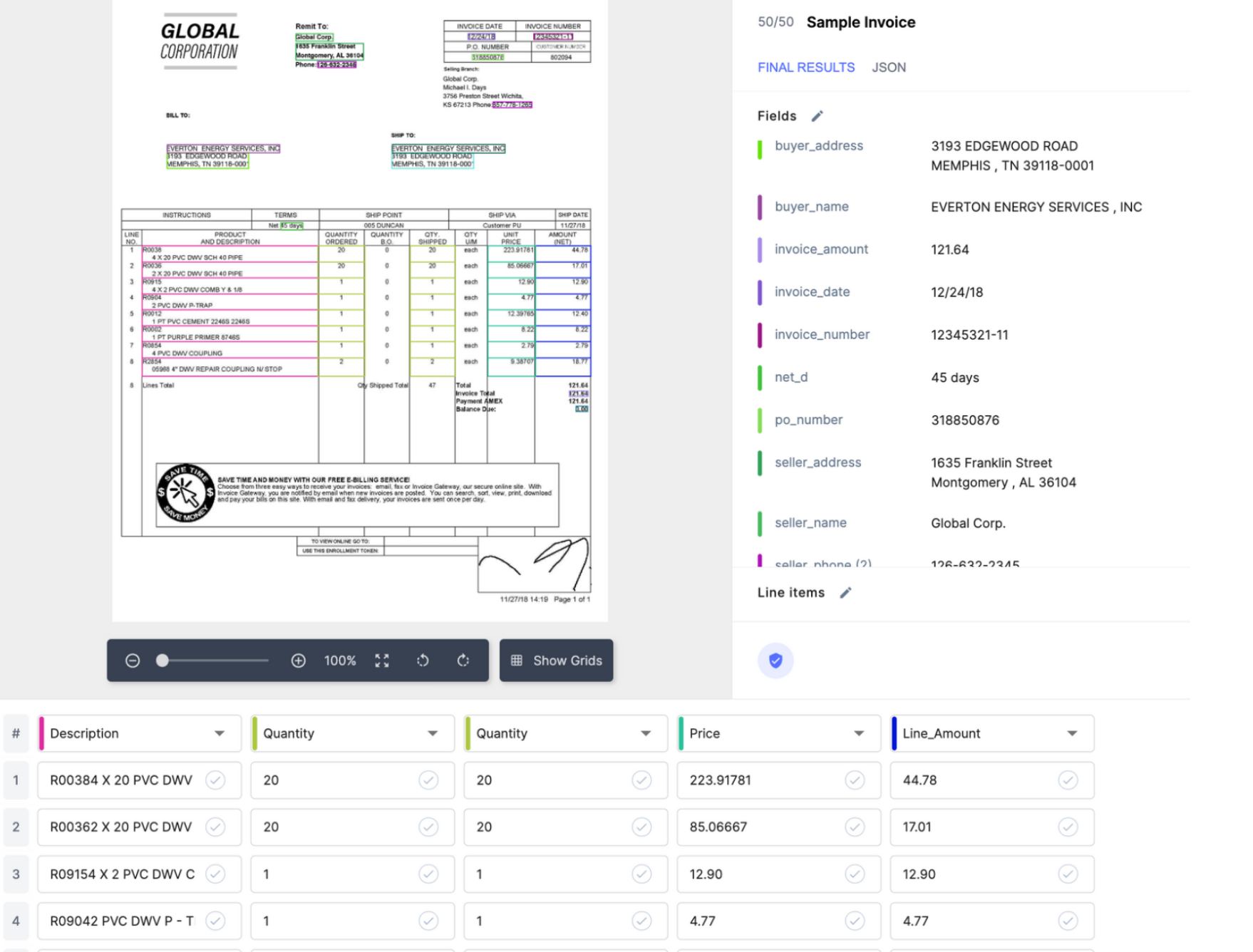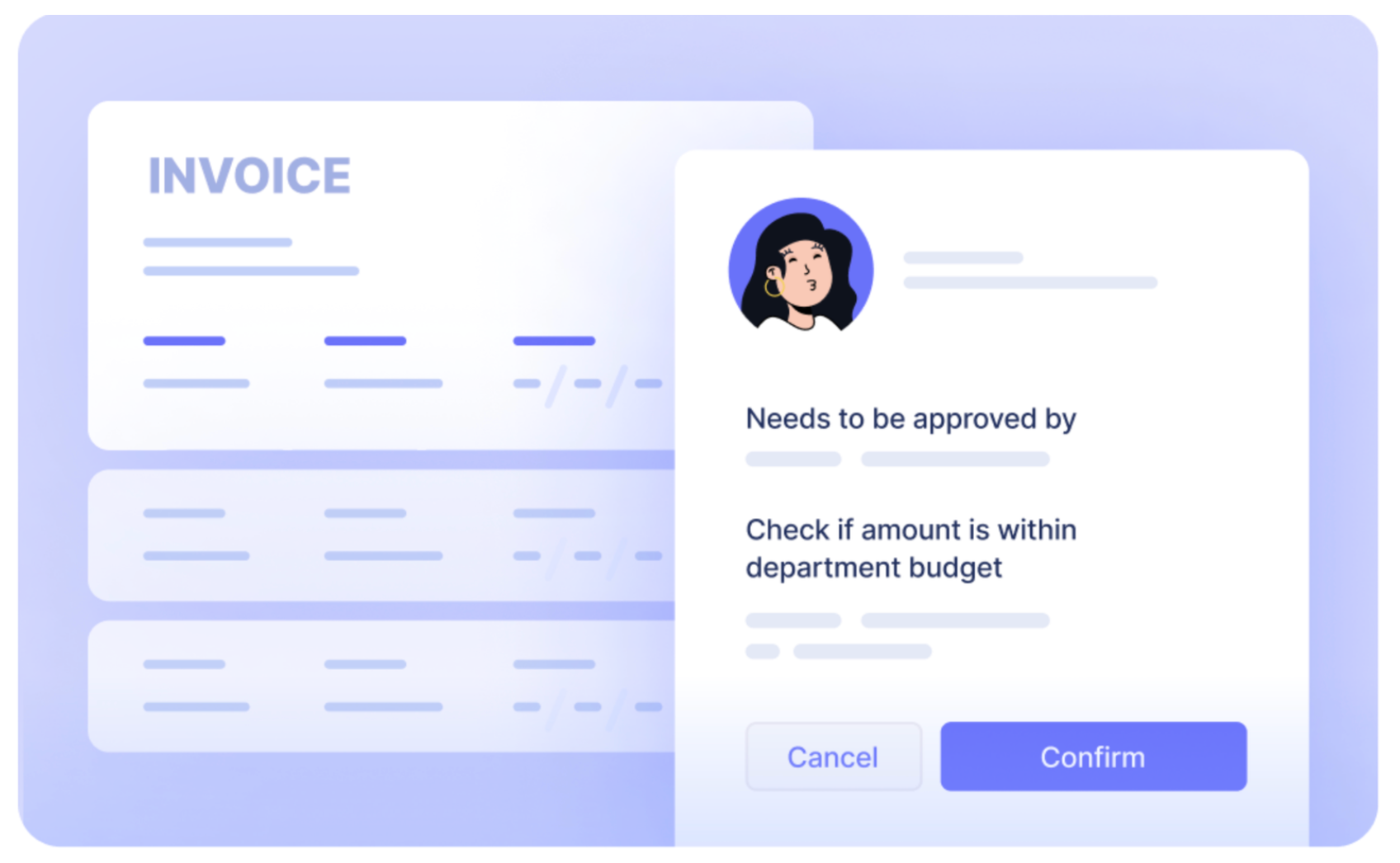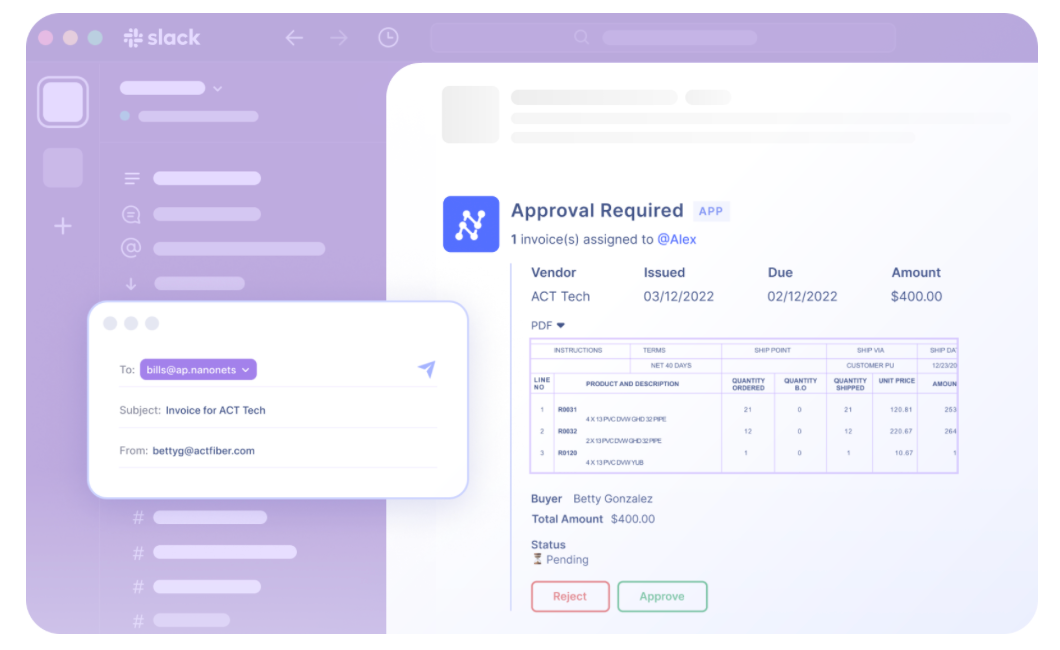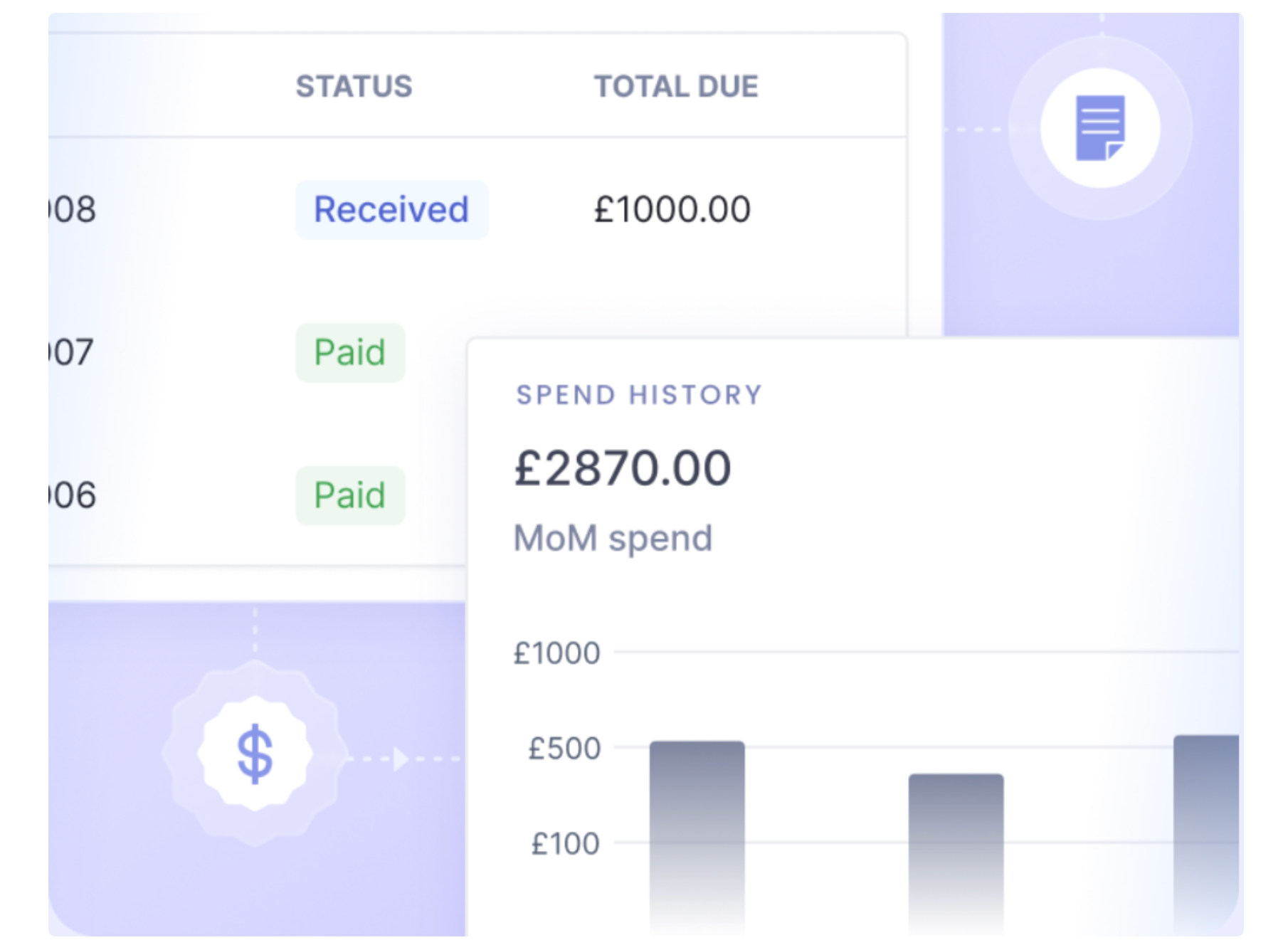Welcome to Expense Policy 101! Whether you’re the captain of a startup ship or steering a more established enterprise, grappling with expenses is as inevitable as those awkward team-building exercises. This guide seeks to demystify the enigma of creating and implementing a business expense policy that doesn’t just sit pretty in a company handbook but actually works. Let’s get started and discover how to keep your company’s spending streamlined, ensure team compliance, and maybe even snag some savings along the way.
What is an Expense Policy
An expense policy is a rulebook in the game of business spending. It comes with clear, concise guidelines that tell your team how to spend company cash without sparking a finance team meltdown. It serves as the framework that outlines what’s reimbursable, what’s not, and how to go about the whole “I spent this, now give me my money back” process.
But it’s more than just rules and regulations. A well-crafted expense policy is like a trusty guide for your employees, helping them navigate through their spending decisions. It answers the big and small questions, from the limits on a client dinner to whether they can expense that mid-flight Wi-Fi. The goal? To balance the books without stifling the innovative spirit and operational needs of your team. In essence, it’s about creating a culture of responsible spending where everyone knows the play, and the company keeps scoring financial goals.
Importance of an Expense Policy
An expense policy safeguards a company’s financial health, nurtures a culture of trust, and drives operational efficiency. It’s like the coach that guides your team on how to play the spending game right. Here’s the breakdown:
- Guidelines on Reimbursable vs. Non-reimbursable Expenses: It clearly outlines what expenses are on the company’s dime and what’s not. This clarity prevents the awkward dance of guesswork and ensures everyone is on the same beat.
- Cost Control: It’s the goalie saving your company from overspending. By setting clear limits, it ensures that expenses don’t go overboard and keeps your financial health in check.
- Streamlined Workflow: Imagine a well-coordinated team where everyone knows their position and plays. An expense policy does that by defining a clear process and workflow, making the expense management process less of a maze and more of a straight line.
- Promotes a Culture of Trust and Transparency: It’s the foundation of a transparent relationship between employees and management. When rules are clear, it’s easier to play fair, fostering a culture where trust is mutual.
- Prevention of Fraud and Misuse: Like a good defense strategy, it helps prevent fraud by setting boundaries and requiring proof of expenses, making it harder for foul play.
- Enhanced Employee Satisfaction: When employees understand what and how they will be reimbursed, it leads to fewer disputes and a happier workplace. Plus, it speeds up the reimbursement process, keeping everyone’s wallet and morale high.
- Tax Compliance and Optimization: It ensures that only legitimate business expenses are claimed, which can be crucial during tax season to avoid penalties and maximize deductions.
- Data and Insight Generation: By collecting and analyzing expense data, it offers valuable insights into spending patterns, helping strategize better financial planning and budgeting.
A clear, well-implemented expense policy can significantly reduce the risk of overspending and fraud, two of the most common financial pitfalls for businesses.
How to Create an Expense Policy?
A well-crafted expense policy serves as a navigational chart, guiding employees through the often murky waters of business spending, while ensuring the company’s financial ship stays on course.
Let’s see how to create one.
The role of an expense policy extends beyond mere rules; it’s about setting the tone for how a company handles its finances. A good policy strikes a delicate balance between flexibility and control. It needs to be flexible enough to accommodate the varied needs of a dynamic business environment, yet stringent enough to safeguard the company against unnecessary expenditures and potential fraud.
Key Elements of an Effective Policy
Every effective expense policy should have certain non-negotiable elements:
- Clear Definitions: What constitutes an ‘expense’? This might seem elementary, but ambiguity leads to confusion. Define clearly what employees can and cannot claim as business expenses.
- Spending Limits: Set clear limits. This could vary by role, department, or type of expense. It’s about creating boundaries within which employees can operate autonomously.
- Approval Processes: Establish who authorizes expenses and the workflow for approval. This helps in maintaining a checks and balances system.
- Receipt and Documentation Requirements: Specify the documentation needed to substantiate expenses.
Best Practices
Customizing to Business Needs:
Adapt your expense policy to fit your organization’s unique requirements. A small startup may prioritize software subscriptions, while a larger firm might focus on travel and client entertainment. Tailoring the policy ensures it aligns with your company’s culture and operational needs.
Transparency and Accessibility:
Ensure your expense policy is easily accessible to all employees. Publish it on your company’s intranet, include it in onboarding packages, or integrate it into your expense management system to ensure it’s readily available.
Policy Updates and Evolution:
Business needs and environments change, necessitating regular updates to your expense policy. This could involve adapting to new tax legislation, accommodating expenses for remote work, or updating the policy to include new technologies.
Promoting Compliance Culture:
Cultivate a company culture that values adherence to the expense policy. Leadership should model compliance, and regular discussions about expense management can reinforce its importance. Recognizing compliance efforts can also encourage adherence.
Monitoring and Feedback Mechanisms:
Use technology to monitor compliance and gather feedback on the expense policy. Real-time alerts and analytics can help identify non-compliance or areas needing improvement. Encourage employee feedback to refine and enhance the policy.
Handling Non-compliance Constructively:
When non-compliance is identified, address it as a learning opportunity rather than a punitive action. Understanding the reason behind non-compliance can help improve the policy and its enforcement, strengthening the overall compliance framework.
Expense Policy Example
Let’s consider a hypothetical company, “TechWave Solutions,” a mid-sized technology firm specializing in cloud-based services, with around 300 employees. TechWave is experiencing rapid growth and needs to revamp its expense policy to keep up with its evolving needs. Let’s see through how they might go about crafting and exercising their expense policy.
1. Clear Definitions:
- Expense Definition: Expenses at TechWave include any cost incurred for business purposes. This includes
- travel
- client entertainment
- software subscriptions
- office supplies
- Non-Expense Items: Personal expenses, fines for traffic violations while on business trips, or any costs not directly related to business operations.
2. Spending Limits:
- Travel: Limited to $200 per day for accommodation, $50 for meals, and $300 for flight tickets (economy class).
- Client Entertainment: Maximum of $100 per person per event.
- Software Subscriptions: Up to $500 annually per employee for professional development-related subscriptions.
- Office Supplies: Not exceeding $50 per month per employee.
3. Approval Processes:
- Expenses up to $100: Direct manager approval.
- Expenses between $100-$500: Department head approval.
- Expenses over $500: Require CFO approval.
- Approval workflow is integrated into the company’s expense management software for tracking and record-keeping.
4. Receipt and Documentation Requirements:
- All expenses must be accompanied by a receipt.
- For online subscriptions, e-receipts or invoice copies are required.
- Travel expenses require a detailed itinerary.
5. Customization to Business Needs:
- Given TechWave’s focus on technology, a higher budget is allocated for software and online tools.
- Moderate limits reflect the need for some client engagement but also budget control.
6. Transparency and Accessibility:
- The expense policy is published on the company intranet, included in onboarding materials, and integrated into TechWave’s expense management software dashboard.
7. Updating and Evolving Policies:
- Bi-annual reviews to adjust limits and categories as per market rates and company growth.
- With a shift towards remote work, many employees have started working from different locations, leading to a rise in home office setup requests. The HR department reports a 30% increase in remote workers. Employees have requested support for home office setups, including ergonomic chairs and upgraded internet plans, which were not previously covered. This leads to the addition of a new expense category –
- Allocation of up to $500 per employee for a one-time home office setup. This includes ergonomic furniture and necessary technology upgrades.
- An additional $30 per month for enhanced internet plans for remote workers.
- The updated policy is communicated through an all-hands meeting, email newsletters, and updated on the intranet and expense management software.
- The finance team monitors the impact of these changes on the overall expense budget and reports back in the next bi-annual review.
8. Promoting a Culture of Compliance:
- Few discussions in meetings about expense management and compliance.
- Acknowledging and rewarding compliance through internal newsletters and meetings.
9. Monitoring and Feedback:
- TechWave Solutions had been using a basic expense management system. However, as the company grew, the CFO, Alex Morgan, noticed several issues:
- Duplicate Claims: Employees occasionally submitted the same expense twice due to lack of proper tracking.
- Potential Fraud: A few instances of suspicious expenses were flagged but couldn’t be immediately verified.
- Late Payment Fines: Some expenses were being reported too late, leading to missed early payment discounts and incurring late payment fines.
- To address these issues, TechWave Solutions integrated a new feature in their expense management software that provided real-time alerts and analytics. Here’s how it transformed their process:
- Duplicate Claims Prevention: The software now automatically flags duplicate entries. For instance, if an employee tries to submit a hotel bill that matches a previous entry’s date and amount, the system alerts them and the finance team.
- Fraud Detection: Unusual spending patterns trigger alerts. For example, if an employee who rarely travels suddenly submits high travel expenses, the system flags it for review.
- Timely Expense Reporting: The software sends reminders for expense submission deadlines. This helped in reducing late payment fines significantly. For instance, a reminder is sent two days before the end of the month to submit all expenses, ensuring timely processing and payment.
- Quarterly surveys for employees to provide feedback on the expense management process.
- Employees reported that the process of submitting receipts was cumbersome. In response, TechWave upgraded their employee management system to allow easy photo uploads of receipts through a mobile app, greatly speeding up the process and improving compliance.
- The Finance team reported inefficiencies and errors in the manual data entry process of reading receipts and feeding data into the expense software. An OCR integration was added to the expense management software resulting in 90% reduction in corresponding manual work along with data extraction accuracy exceeding 99%.
10. Addressing Non-compliance:
Six months after implementing the new expense policy, TechWave Solutions observes a pattern of non-compliance concerning travel expenses. Several employees have been exceeding the set limit of $200 per day for accommodation during business trips. The finance team reports this trend to the management.
- The CFO initiates a review of recent business trips. The team discovers that in several instances, the only available hotels in the business districts were priced above the company’s set limit, leading to policy violations.
- Management holds discussions with the employees who exceeded the limits. The employees explain that attending meetings in central business areas necessitates staying nearby, but the cost of such accommodations often exceeds the company’s limit.
- The management team, acknowledging the practical challenge, decides to adjust the policy. The new accommodation limit is set to $300 per day in cities with higher living costs, while retaining the $200 limit for other locations.
- This change is communicated to all employees, emphasizing the importance of choosing cost-effective options within the new limits. Tips on early booking, choosing economical hotels, and understanding the new tiered accommodation limits are provided.
- The expense management software is updated to reflect the new limits and to prompt employees for justification when exceeding these limits in specific cities.
Thus, TechWave Solutions’ new evolving expense policy, tailored to its specific business needs and culture, provides a structured and clear framework for managing expenses. This approach not only ensures financial control but also fosters a culture of responsibility and transparency within the organization. Regular updates and feedback mechanisms ensure the policy remains relevant and effective, adapting to the dynamic business environment.
Expense Policy Template
Based on the example above, we have created an expense policy for TechWave Solutions. You can use this as reference while crafting your expense policy.
How to Implement your Expense Policy
Implementing an expense policy effectively is critical to ensuring that the guidelines you’ve carefully crafted are followed, understood, and integrated into the daily operations of your company. Let’s explore two different approaches to implementing your expense policy.
Manual Workflow
The manual implementation of an expense policy involves a series of steps handled by employees, managers, and the finance team without the aid of dedicated software. This process, while more traditional, can be time-consuming and prone to human error but is still in use, especially by smaller organizations with fewer transactions.
Free Expense Report Template | Nanonets
Use the free expense report template to create professional expense reports for your company.
- Expense Submission: Employees incur expenses and keep physical receipts. They then fill out an expense report form, often a spreadsheet or paper form, detailing each expense, the amount, and the business purpose.
- Manager Review: The employee submits their completed expense report and attached receipts to their manager for review. The manager checks each expense against the company’s policy to ensure compliance.
- Finance Verification: Once approved by the manager, the expense report is forwarded to the finance department. The finance team conducts a final review to verify the accuracy of the report and compliance with the policy, checking receipts and calculations manually.
- Reimbursement: If the expense report is approved, the finance team processes the reimbursement, which may involve cutting a check or processing a bank transfer to the employee. This step can take several days or weeks, depending on the payment cycle.
- Record-Keeping: Finance stores the expense reports and receipts for auditing purposes. This often involves filing paper copies in cabinets or scanning them into a basic digital storage system.
Automated Workflow
An automated workflow leverages technology to streamline and enhance the efficiency of implementing your expense policy. This approach reduces manual errors, speeds up the reimbursement process, and provides real-time visibility into spending patterns.
Let’s see how the manual workflow is transformed and automated by using Nanonets Expense Management Software.
- Digital Expense Submission: Employees use an app or web-based platform to submit expenses. They can take photos of receipts with their smartphones, and the software automatically extracts relevant details using OCR (Optical Character Recognition) technology. Expenses are categorized using ai and employees can also add any necessary notes about the business purpose directly in the app.

- Automated Policy Compliance Checks: The expense management software automatically checks each submission against the company’s expense policy. It flags any violations in real-time, prompting the employee to correct the issue or add a note for exceptional circumstances.

- Manager Approval: Managers receive notifications of pending expense reports through the platform. They can review, approve, or reject expenses with a click, and can also see any policy violations flagged by the system.

- Finance Oversight and Reimbursement Processing: Approved expenses are automatically forwarded to the finance team. The software integrates with accounting systems, allowing for direct processing of reimbursements through payroll or bank transfers. Finance retains oversight and can audit expenses in real-time or through periodic reports.

- Digital Record-Keeping and Analytics: The system stores all expense data digitally, eliminating physical storage needs. Finance teams can access detailed reports and analytics, enabling better budgeting, forecasting, and identification of spending trends or areas of non-compliance.

In conclusion, the jump from implementing manual to automated expense policy is a series of practical steps towards efficiency, clarity, and ultimately increased profitability.
Here are a few cases studies of businesses that have successfully implemented expense policies using expense automation software –
- SaltPay Uses Nanonets to Integrate with SAP to Manage Vendor Invoices.
- In2 Project Management helps Water Supply Corporation save 700,000 AUD with Nanonets ai.
- How Happy Jewellers, a SMB, benefitted from NanoNets.
- Nanonets ai helps ACM Services automate extraction from expense documents, saving 90% time for the Accounts Payable team.
- Tapi automates property maintenance invoices using Nanonets.
- Puma automates their expense management process with Zoho Expense.
- SWISS improved expense processing efficiency by 80% with Rydoo.
- Suncommon manages their company spend and saves company time by leveraging the the Expensify Card.
Conclusion
So, there you have it – the ins and outs of crafting an expense policy that not only keeps the financial ship sailing smoothly but also fosters a culture of responsibility and transparency within your organization. From defining clear guidelines to embracing implementation using automation, managing expenses doesn’t have to be a headache-inducing endeavor.
Remember, it’s not just about the rules; it’s about empowering your team to make informed spending decisions while safeguarding your company’s financial health. So, whether you’re a startup setting sail or a seasoned enterprise charting new waters, may your expense policy be your guiding star towards smoother seas and sunnier financial shores. Smooth sailing!
Ready to streamline your expense policy process and sail smoothly into financial efficiency? Try Nanonets Expense Management Software today and set your course for hassle-free spending oversight. Start your free trial now!
 NEWSLETTER
NEWSLETTER





